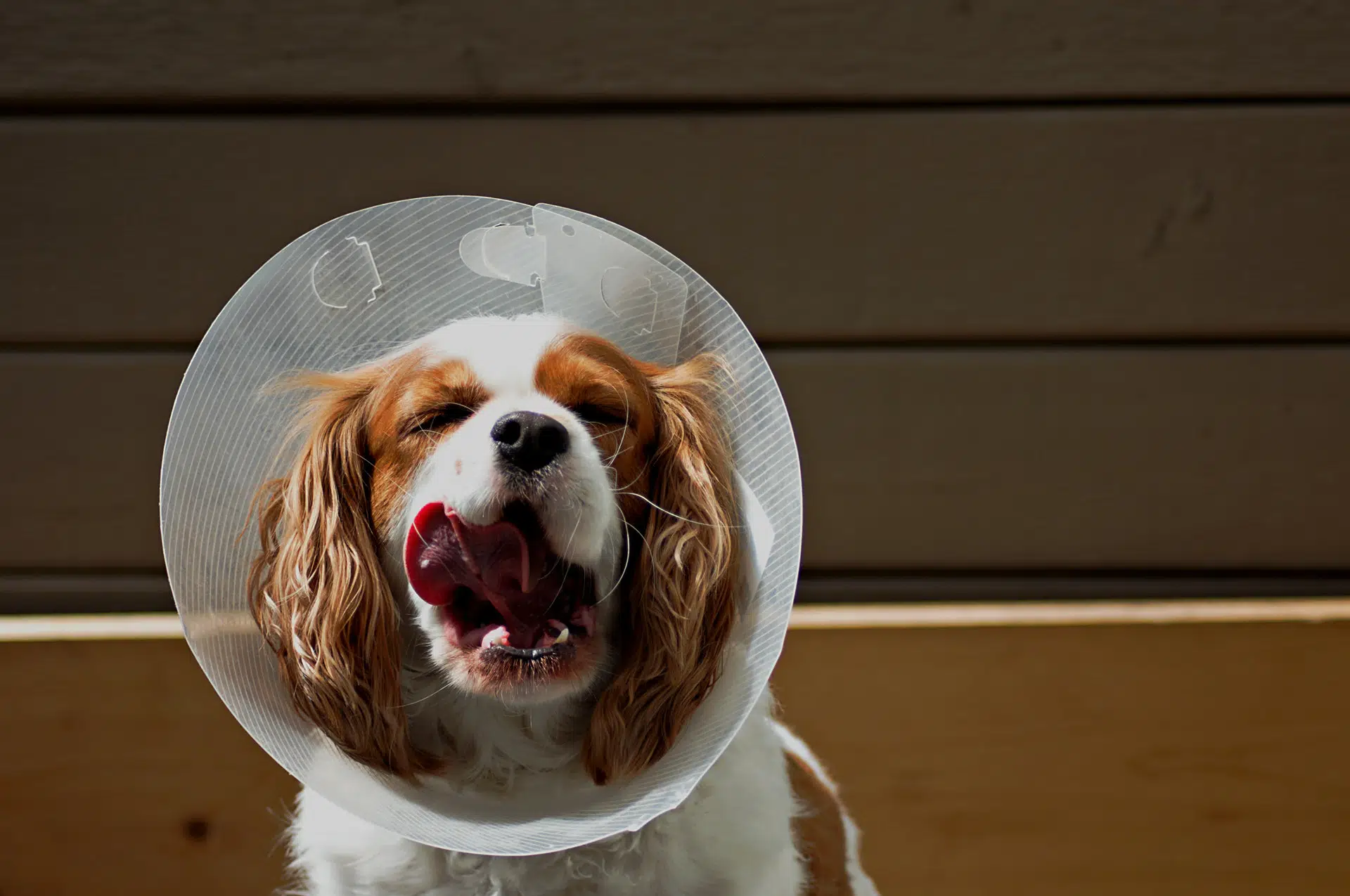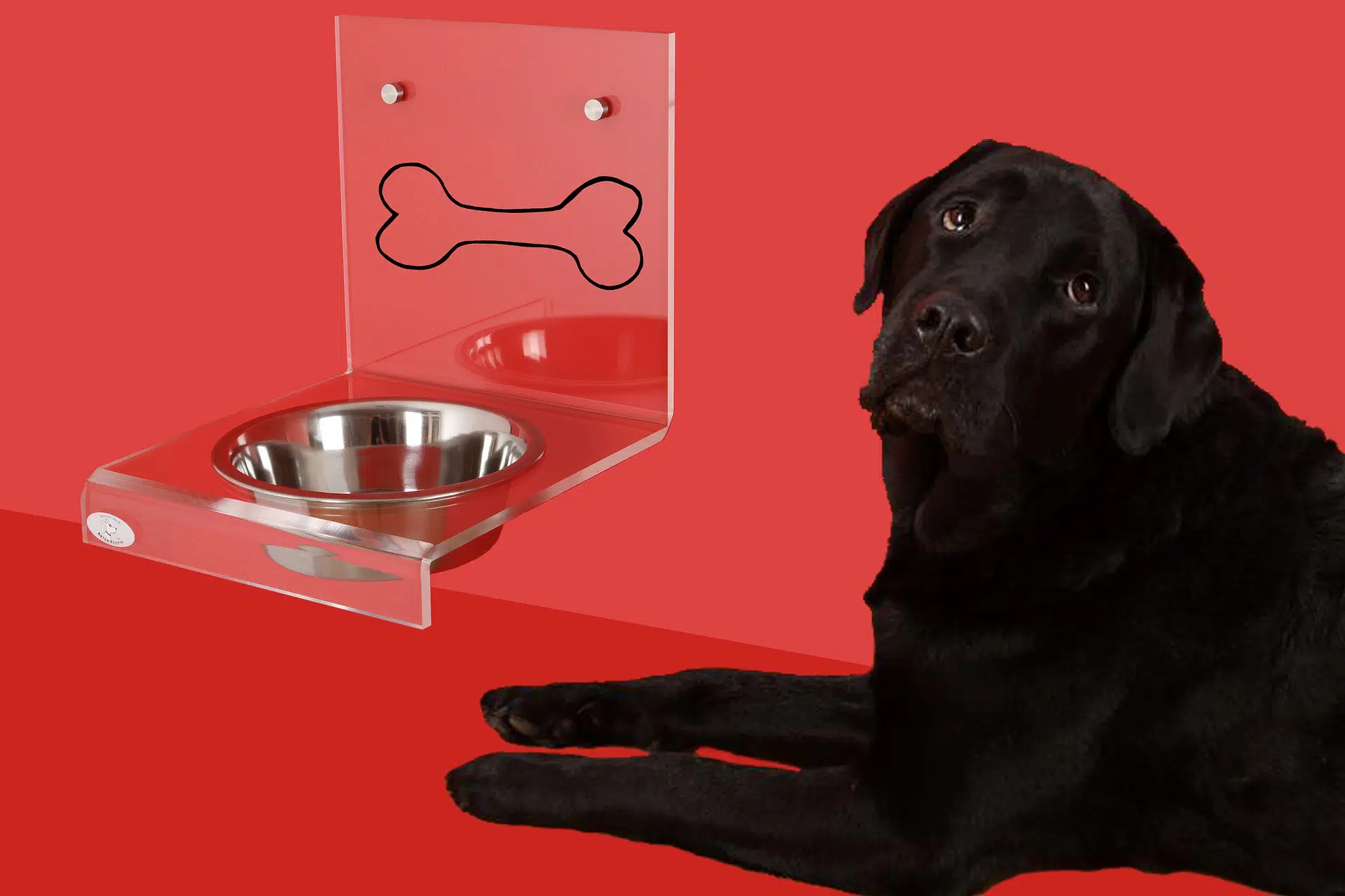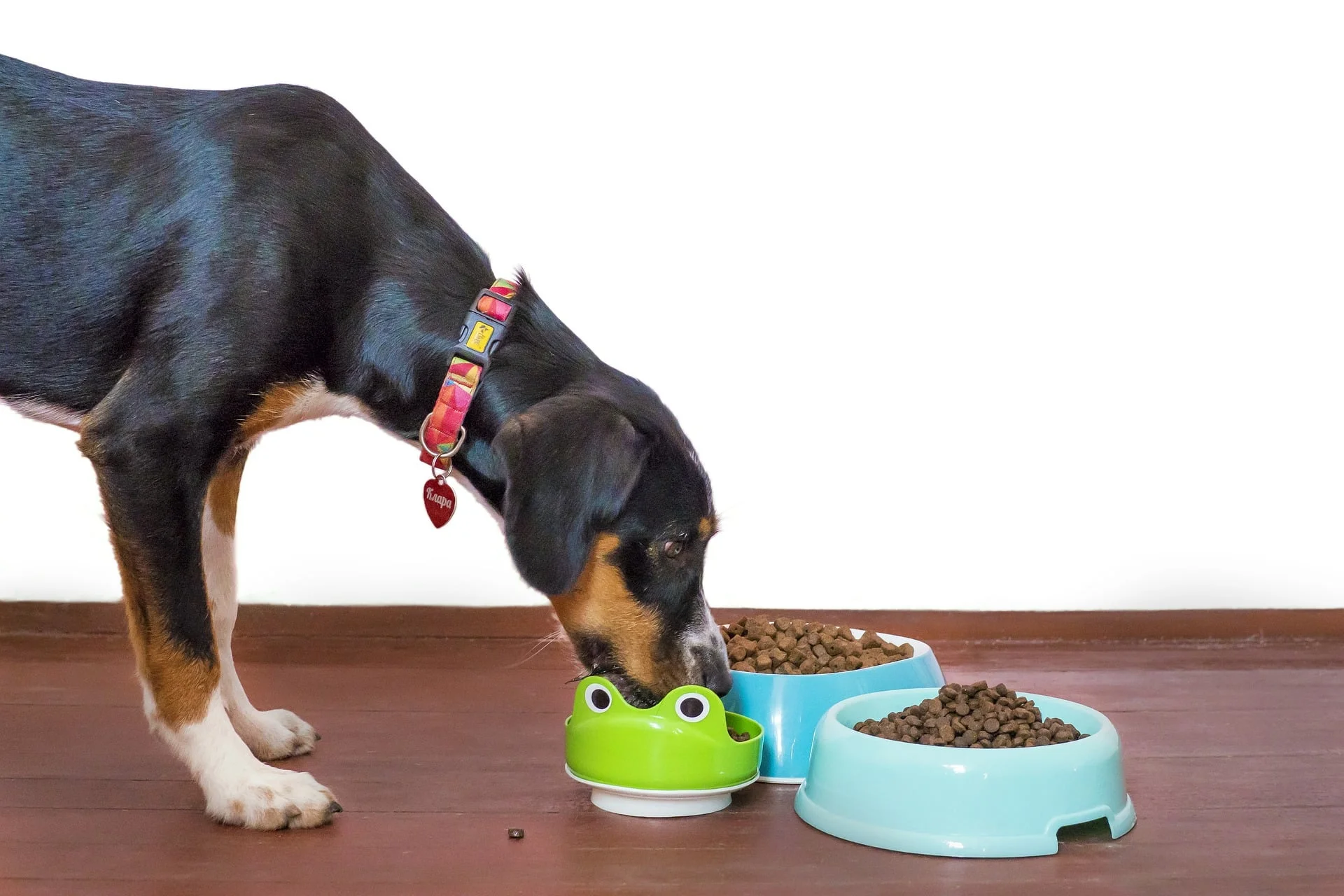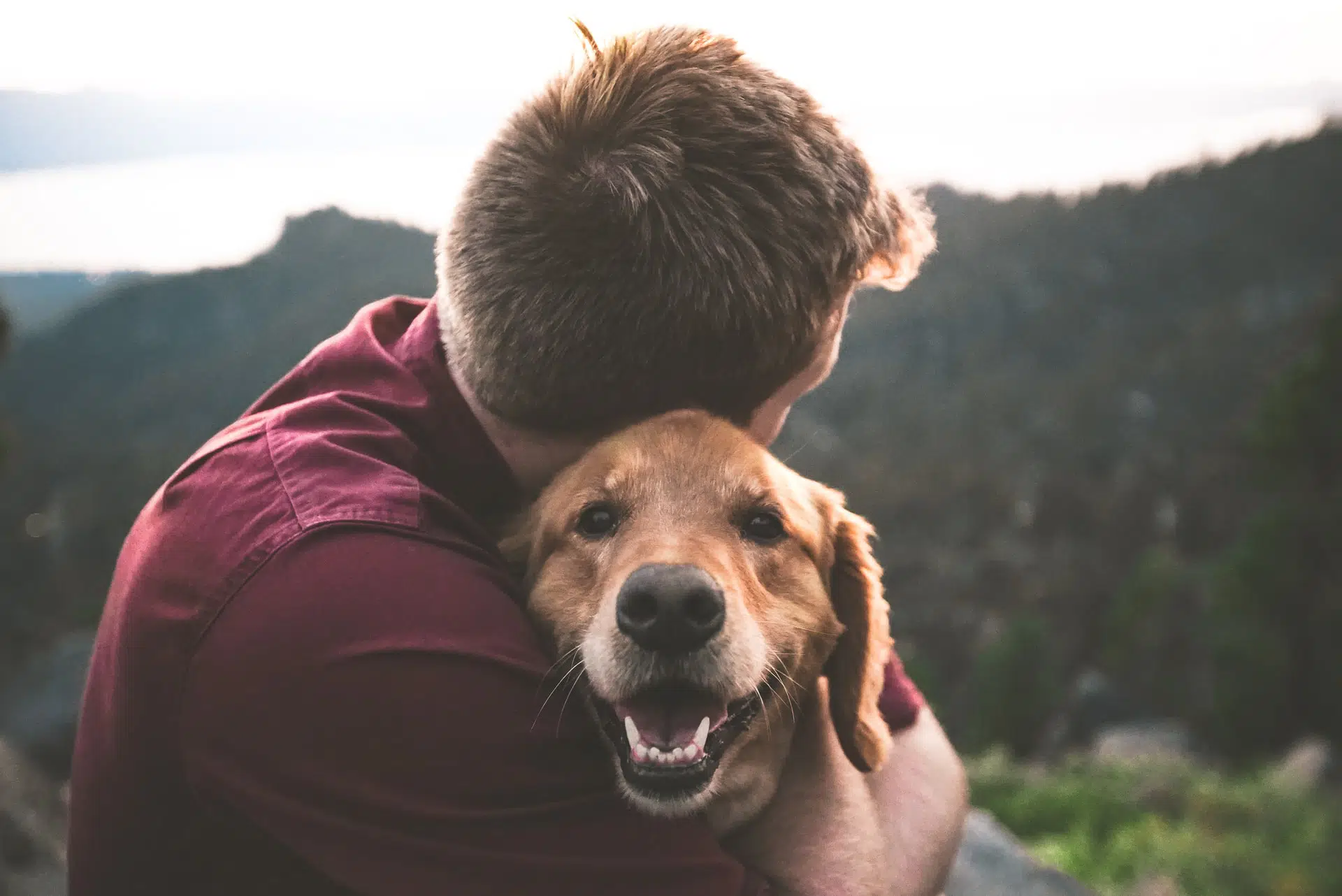Dogs can be as curious and inquisitive as any pet owner when exploring their surroundings. They love to run and dig around the nooks and crannies in backyards, houses, and apartments.e
However, this lovely curiosity that makes dogs as charming as they are can sometimes lead them into dangerous situations, too.
Our environment is full of different insects and critters, but today I’ll be focusing on ants, how their bites can affect your dog, and what you need to do about it.
Ants aren’t the only insects your dog should be careful of, though. A spider bite, for example, isn’t a pleasant experience for a dog, either! But a dog bitten by an ant is more likely to experience an allergic reaction – which makes it a much bigger issue.
Enough of the intro, though. Let’s talk about ant bites on dogs!
How Do I Know If My Dog’s Been Bitten By An Ant?
It’s common for dogs to encounter ants while playing outside – but even dogs who spend most of their time inside can run into them.
If your dog has been bitten by an ant, it’ll most likely let you know right away. Most dogs receive bites either on their noses or their paws, and they can sting and itch quite a bit!
Now, not all ant bites carry the same degree of seriousness. It varies depending on what type of ant bite you might be dealing with:
Some ant bites will only cause discomfort and slight irritation, while others can lead to a severe allergic reaction.
When most ant bites occur, they bring about swelling and redness around the affected area. But many dogs still experience intense pain and irritation from ant bites. And if left unaddressed, these bites can lead to secondary skin infections on a dog – like a staph infection – and hot spots.
If you notice a forming of skin lesions, loss of fur, or any form of drainage on your pet’s skin, take them to a veterinarian immediately.
I also have to mention that the size of your pooch plays a role in how it’s affected by one of these bites:
If a small dog has been bitten by an ant on its paw, then it will have a more adverse effect, and it will take longer for it to reach full recovery. Larger dogs are more resilient – though not completely exempt from pain or allergies.
Signs And Symptoms Of Ant Bites On Dogs
As I’ve mentioned, not all ant bites require medical attention – but that’s an option you should never write off completely. Monitor your dog’s state during the following day and keep an eye out for an increase in redness or swelling because, as we’ll see, some ant bites come with a delayed fuse!
Pain, itching, and swelling are the usual results of ant bites. Allergic reactions are a far more serious matter, though.
A dog suffering from an allergic reaction caused by ant bites can experience the following:
- Vomiting
- Collapsing due to fatigue
- Trouble breathing
- Pale gums
Should you notice any of these symptoms affecting your dog, take it to the vet immediately. Severe reactions could have fatal consequences.
Ants Species To Look Out For
Since we’ve established that some ant species pose a much greater danger to dogs than others, let’s go over several of them and talk about potential dangers.
Black Ants
These are the most common species, often found in households everywhere.
Black ants are what comes to mind when you think of ants in general. They’re harmless compared to some of the other entries on this list. However, that doesn’t mean that they can’t cause some trouble.
Black ants don’t bite too hard – but their bites can still hurt and cause burning sensations due to formic acid, which is released upon biting.
Carpenter Ants
Carpenter ants are another species that can be found in homes. As the name suggests, they are found around wooden areas like furniture, shelves, or wooden floors.
On the one hand, their bites don’t produce any toxin or acid that could lead to life-threatening consequences for you and your dog. There are steps you could take to ease the pain of a Carpenter ant bite quickly at home, too.
On the other hand, these are ants that are used to cutting through wood. If this insect stings your dog’s skin, rest assured that it won’t go by without noticeable irritation and pain.
Bull (Bulldog) Ants
Bulldogs are a different story than regular old Black ants or Carpenter ants. They are seen as far more aggressive – which they can easily let you know through their bite.
Whereas some species – like Black ants – will bite once and try to get away, Bull ants won’t hesitate to leave multiple bites and numerous stings on your dog’s body.
And not only that:
Some dogs are allergic to the Bulldog ant’s bite! If that is the case, then your dog will have an allergic reaction – and you will need to take action quickly.
Red (Fire) Ants
Fire ants are what we most often think of when talking about dangerous ant species. You might’ve even seen an action movie where Fire ants are responsible for someone’s unlikely fate.
That is for a good reason:
Fire ant bites are indeed very dangerous and cause some of the most painful reactions. A Fire ant bite – should you or your dog be so unlucky as to receive one – produces intense burning and pain, which can last for a while.
Ants working as a collective is especially true when talking about Fire ants. These ants rely on group attacks in taking down prey – meaning that after the first ant attacks, it sends a signal to its nearby friends to join.
Fire ants’ bites can even lead to extreme symptoms – such as an anaphylactic reaction – and should be avoided at all times. Severe allergic reactions like anaphylactic shock could lead to your pooch having difficulty breathing – which is an emergency and has to be addressed as soon as possible.
Green (Green-Head) Ants
Here’s another species on this list whose bite can lead to extreme symptoms. A Green ant bite, similar to a Fire ant bite, can lead to extreme reactions.
Both of them can lead to difficulty breathing, and pet owners have to seek help from a vet immediately.
Green ant venom can be described as having a “slow burn.” This insect bite might not cause a reaction right away like a Red ant bite would. Instead, it can have a delayed reaction until the venom starts to take effect.
When it does, your dog will feel it – and it’s going to last for a while.
How Do I Treat Insect Bites On My Dog?
Here, I’ll be going over different first aid solutions you can use to treat your dog. Some of them can even be made right at home, while others require veterinary advice before using.
Cold Compress Or Ice Packs
An ice pack – or a cold compress – can be used to soothe pain and reduce swelling caused by the bites. This approach can serve as a simple first-aid solution – just don’t keep it pressed for too long, as it will lead to slow blood circulation.
Avoid putting ice directly on the swollen area, too. Instead, wrap it in a towel and then place it on the area. Also, be sure to remove it after 10 to 15 minutes.
Over-The-Counter Antihistamine
Benadryl contains a form of antihistamine, which helps prevent allergic reactions to toxins – like the ones found in insects. It is sold as an over-the-counter medication in pet stores and, while it is safe for almost all dog breeds, there are precautions that need to be taken just in case.
Remember that there are instances where it shouldn’t be used. In fact, it could make some situations worse. So, consult your vet before you give your dog this medicine.
Cold Water Bath
If your dog has been bitten on its paw, try resting it in cold water. That works as a fast solution to the stinging sensation your dog is experiencing.
Soothing Oatmeal Bath
I love oatmeal baths; they’re a great way to alleviate irritation and stop the spread of bacteria.
Just be careful around the water temperature when making it. A hot bath isn’t recommended since it will only make the swelling and irritation worse. But don’t make it freezing, either. Cool or lukewarm water will do the trick.
An oatmeal bath is especially recommended when dealing with multiple stings – think ant bites on dogs belly – since they can certainly cover a larger portion of your dog’s body than an ice pack or a cream.
E-Collar

In more serious situations, where it’s crucial to keep your dog away from the ant bite in order to let it heal, an e-collar or “plastic cone” can serve well. It doesn’t count as ant bites on dogs treatment per se, but it helps avoid further irritation.
Baking Soda Paste
Mixing baking soda with water creates this paste – or a salve if you’d like – that can be applied to the sting. It’s an easy-to-make home remedy for treating insect bites.
Here’s how to make it:
Start by taking a few tablespoons of baking soda, then gradually add water – a few drops at a time – until you end up with a thick paste you can spread. And that’s it!
Apple Cider Vinegar
An apple cider vinegar mix is made of something you might find around the house – and it happens to be a good remedy for calming down an ant bite on a dog.
It’s easy to make, too. Just take a certain amount of apple cider vinegar and mix it with an equal amount of water. Afterward, dab a cotton ball into the mixture and apply it to the affected area.
How To Prevent Ant Bites On Your Dog
So far, I’ve gone over a bunch of ways to treat ant bites once they occur – but as always, it’s even better to do our best and prevent ant bites altogether.
What are some things you could do to minimize the odds of ant bites occurring?
Let’s take a look.
Check For Ant Mounds

Ant mounds can be found practically anywhere outside. You may have already checked your backyard and made sure it’s clear of any mounds. That’s great!
However, remember that even if your backyard is safe at the moment, it doesn’t mean that it’s going to stay that way.
Ants aren’t strangers to moving their colonies around, so keep an eye out for any signs of new settlements!
Ant-Proof Your Dog’s Food
Ants love to look for big piles of food – and when they find one, they’ll certainly hang around and salvage as much as they possibly can. They don’t really care if it’s pet food or not.
That being said, your pup’s food bowl is quite the attraction. All it takes is for a single ant to find its way to the bowl, and it’ll soon bring the rest of the colony along with it.
I’ve listed some things we can do to prevent ants from causing trouble to our furry friends – and hopefully, keep them away!
Look For Pet Dishes That Are Already Ant-Proof

Yup, there is such a thing as an ant-proof food bowl for your dog!
What’s so special about these dishes, and how do they work? It’s ridiculously simple, actually. All these dishes work on a more-or-less same principle:
They provide protection for your dog and its food by introducing a small barrier around the bowl – and that barrier is water.
While ants might still be able to get pretty close to the food itself, they will be prevented from entering the actual bowl, seeing as they will be too busy trying to get themselves out of the moat!
…Or Make One Yourself

If you’re short on time – or money – you can also try to make an ant-prevention moat yourself. Find a way to elevate the bowl to make it harder for ants to reach. Alternatively, place the food bowl in a larger container, then fill the container with water to make a watery trap.
Keep The Area Around The Dish Clean
Ants rely on their pheromone sensors to track previously explored locations and places of interest. With that in mind, just maintaining and cleaning our furry friends’ food bowl won’t fully do the trick.
Tend to the area surrounding your pet’s food bowl and keep it clean. If the food and water bowls are kept on a tray, then the tray needs to be cleaned as well. Aside from that, it’s necessary to vacuum or dust off the food crumbs around the area.
That reduces the smell of food and makes it harder for the ants to find their way back.
Conclusion

While it might seem like your pet might be in constant danger of a serious ant bite, do keep in mind that these things are perfectly normal. They happen to all pups out there.
Luckily, now you know what to look out for – and what to do should the occasion arise. Remember to always consult a vet if you’re unsure about the treatment process for ant bites on dogs.
Similar Reading
Acute Allergic Reaction In Dogs


